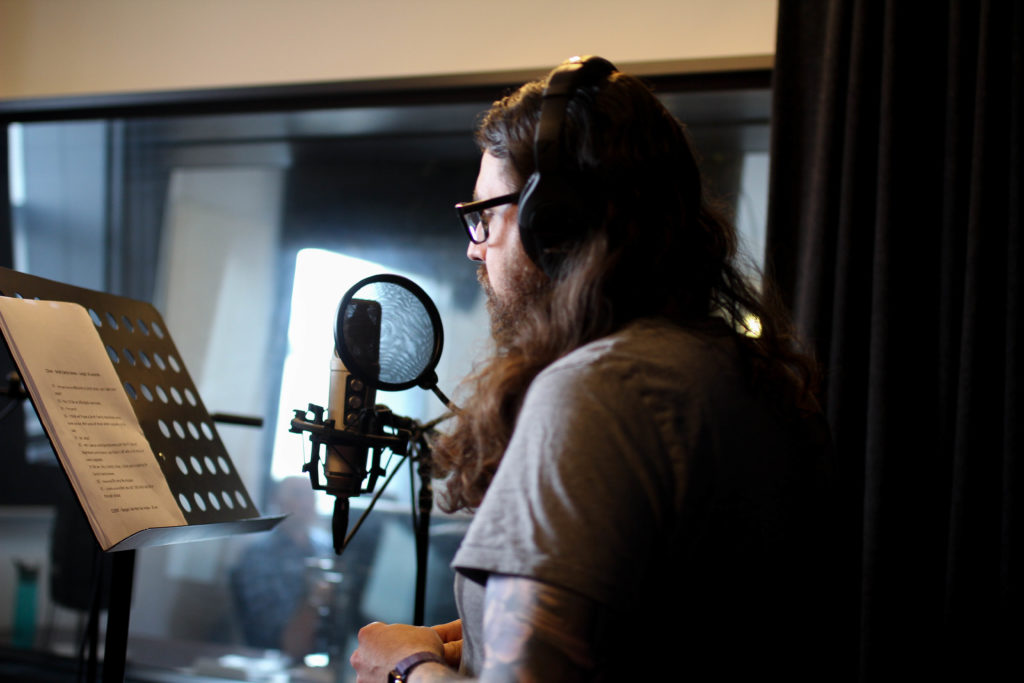As an Audio Engineer, I regularly see the term “broadcast quality home studio” thrown around. But it occurs to me that there really isn’t a standard. So what does it actually mean? In an effort to be of some assistance, I’ve listed a few ideas below that address issues I come across regularly whilst in online sessions with actors in their home studios.
In no particular order…
Crystal Clear Audio: Your recordings should contain no background noise, minimal room reflections, and zero computer hum.
Proper Gear: You don’t need to break the bank, but you do need a few basic (professional-grade) items. A great mic (pro tip: USB mics are a no-no for true broadcast quality), a solid audio interface, quality headphones, and a trustworthy DAW (Digital Audio Workstation) are your best mates. And don’t forget, good cables can save you from a bunch of interference headaches.
Acoustic treatment. Soundproofing a home studio is near on impossible, but acoustic treatment is imperative. Some of those cheap foam panels can help, but getting creative with moving blankets, heavy curtains and bookshelves is a budget-friendly alternative and usually gives better results. Also don’t forget to try the mic in different positions in the room. A few inches can make a huge difference.
Consistent Levels: Your audio levels should be consistent and distortion free. Learn to set your levels appropriately for the work you’re doing, and get the hang of gain staging. It’ll save you and your clients a heap of trouble down the line. If in doubt, always err on the side of caution, low levels are better than files that are clipped and distorted.
Good DAW Template: While technically not essential, having a good template for your DAW that lets you playback and record during a live remote session isn’t a bad idea. There’s nothing more frustrating for a client than having to sit and listen to feedback and mumbled excuses when you’re trying to do something like playback or edit a take during a session.
Minimal Processing: Yes, you heard right! Your audio should be noise free and have consistent levels with little to no processing. Relying on “fixing it later” can mean you are forced to work the plugins too hard to achieve your desired result. And this over processing forces an audio engineer to have to try and “fix” your mistake, usually at the expense of what they want to do with your audio. Aim for a clean, raw recording that sounds great straight out of the box.
File Delivery: When it’s time to hand over your masterpiece, make sure you’re exporting files in the right format and bitrate. Typically, a 24-bit/48kHz WAV file will do the trick. No one wants a low-quality MP3 when they’re after top-notch sound.
Beyond the techy stuff, remember this: Broadcast quality is also about your performance. A great read can sometimes forgive minor audio imperfections. So, warm up those pipes, get in the zone, and let your personality shine through the mic.
This post was contributed by Darren Robertson – https://www.justaskrobbo.com/

